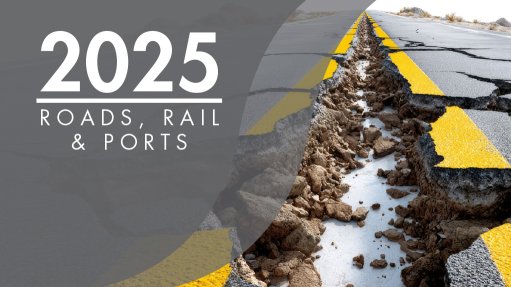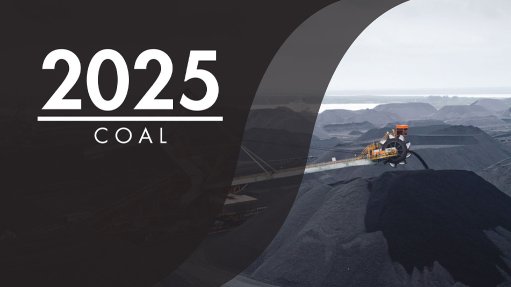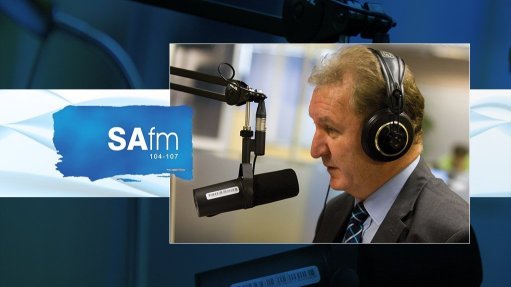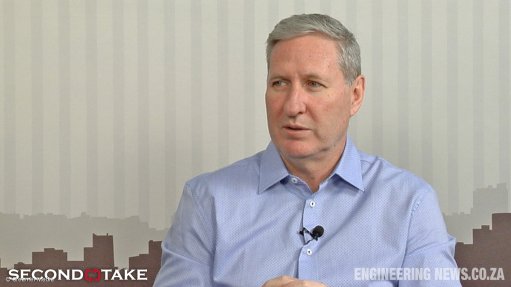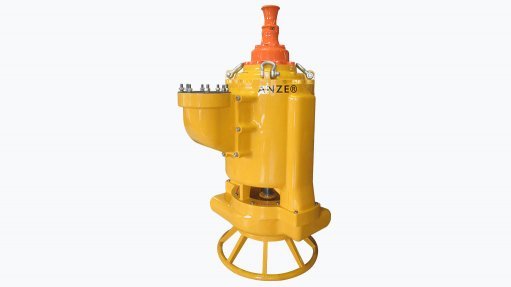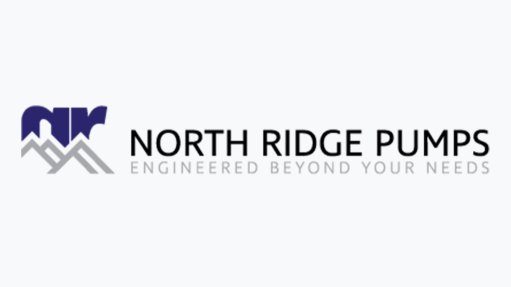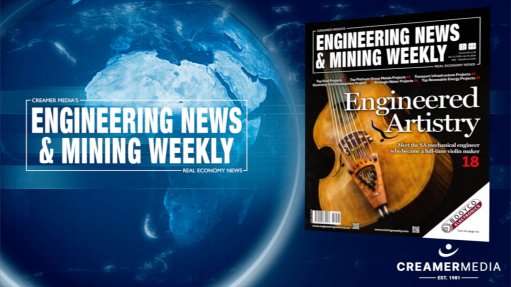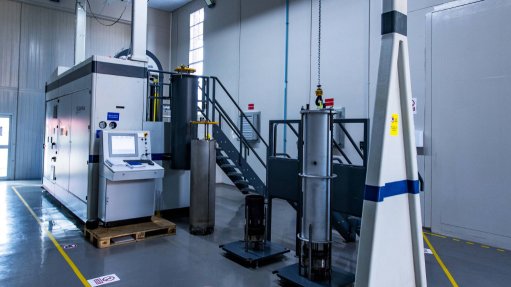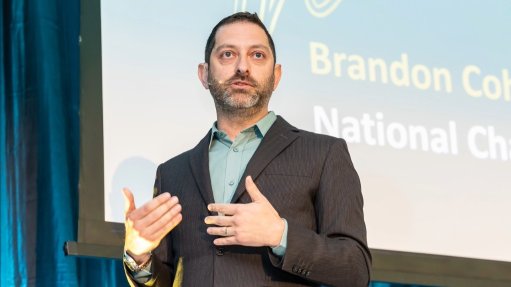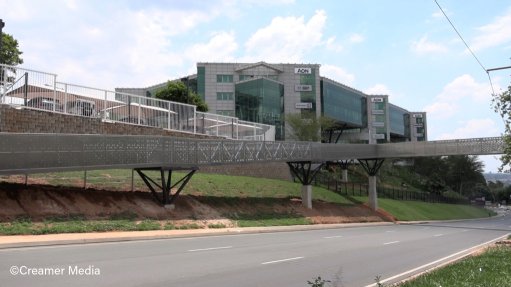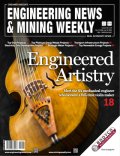Models can optimise ‘silent hero’

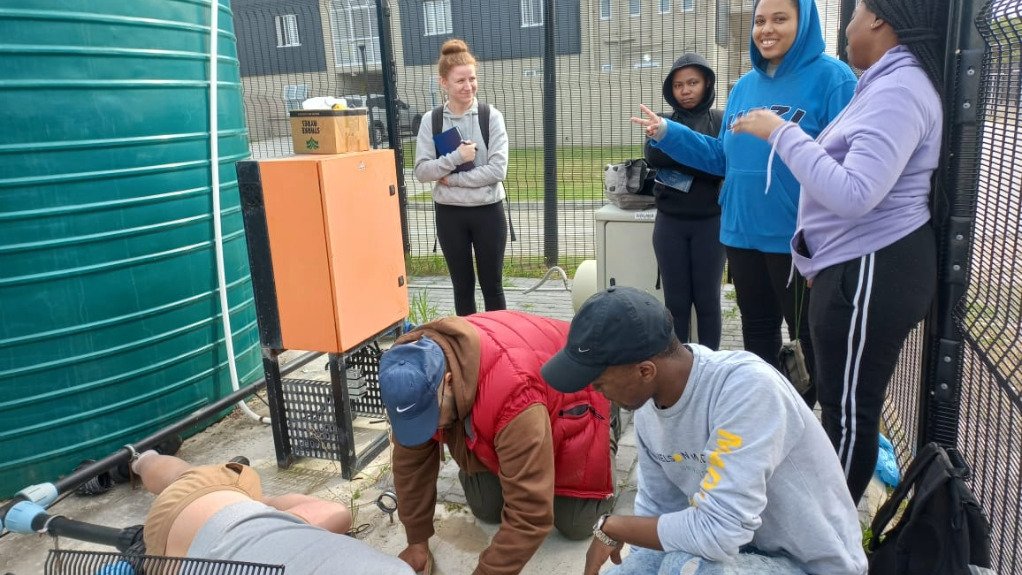
DOING THE GROUNDWORK The team from Nelson Mandela University doing studies on ground water levels for their drought planning hydrogeological models
New research about groundwater management models for smarter drought planning has been announced by tertiary education institution Nelson Mandela University (NMU), which notes that its “cutting-edge” hydrogeological models could help protect the vital, but fragile, underground water supply of Gqeberha, in the Eastern Cape.
The research – conducted subsequent to the near-crippling drought in Gqeberha between 2015 and 2023 – uses various data sets to help calibrate the models.
“The data collected includes groundwater levels and geological data to ensure that parameters are estimated accurately as they are the core inputs,” says NMU PhD student Bamanye Vandala, who leads the initiative.
Vandala, with the guidance and assurance of his supervisor NMU Geosciences head Dr Gaathier Mahed, developed the scientific framework to help improve Managed Aquifer Recharge (MAR), where excess water is stored underground during wetter periods for use during dry spells.
Vandala's research focused on assessing the feasibility of MAR in Gqeberha using a spatial model built from geological, hydrogeological and water-quality datasets.
The model integrates a technique called multi-criteria decision analysis to identify areas where aquifer recharge would be most effective and sustainable.
“This tool is crucial because it gives local authorities an idea of how to manage and augment groundwater resources.”
Vandala adds that accuracy is ensured by comparing this accumulation of information to in situ data, as well as through statistical methods for model validation and calibration.
“Through these models, we could possibly predict various scenarios and, in turn, plan for them if they are to occur, including determining risks and the possible timing of occurrence,” he explains.
At the height of the drought, hundreds of boreholes were drilled by residents, the municipality and nongovernmental organisations in a race to secure alternative water sources.
However, Vandala stresses that, without careful planning and a clear long-term strategy, over-extraction and aquifer depletion can cause as much harm as water scarcity.
“We envisage the use of models, like the one we developed, to help improve the location of wells for groundwater abstraction and injection,” he explains, adding that this will help decision-making involving infrastructure for water supply and, hopefully, assist with improved water security for the city.
Not Readily Available
Vandala says many people do not know that groundwater is a highly variable asset that can be easily affected by over-extraction, contamination and climate variability, especially in fractured rock aquifers, such as those found in and around Gqeberha.
“Drilling a borehole does not guarantee a sustainable supply.”
However, the MAR suitability maps produced in this study could be game-changers for local and provincial governments by offering a roadmap for strategic borehole placement, basin recharge systems, and integration with land-use and infrastructure plans.
“Municipalities can use this framework as a decision-support tool for MAR planning and drought preparedness,” says Vandala, noting that it promotes cost-effective infrastructure investments based on hydrogeological suitability.
Community involvement is also vital, as communities can monitor water use, report borehole performance and participate in awareness programmes. This will foster a sense of responsibility and ensure that interventions such as MAR, are maintained and used responsibly.
“We normally approach local communities and practitioners to question them about water use and use their knowledge of locations where water is collected, such as springs and wells,” he adds.
From the outset, Vandala says that working with fractured aquifers presented real challenges, where “data is scarce, and the geology is complex, but the potential benefits make the effort worthwhile”.
He hopes to see the model replicated in other semi-arid or drought-prone parts of South Africa.
“Each spatial model can be tailored with local data, but the methodology remains transferable. I would like to see this work integrated into national MAR maps.”
However, Vandala and Mahed's research shows that science, planning and community effort will determine whether this “hidden lifeline” is protected or depleted.
“In a city where rainfall is unpredictable and dam storage limited, groundwater may be the silent hero of water security,” concludes Vandala.
Article Enquiry
Email Article
Save Article
Feedback
To advertise email advertising@creamermedia.co.za or click here
Comments
Press Office
Announcements
What's On
Subscribe to improve your user experience...
Option 1 (equivalent of R125 a month):
Receive a weekly copy of Creamer Media's Engineering News & Mining Weekly magazine
(print copy for those in South Africa and e-magazine for those outside of South Africa)
Receive daily email newsletters
Access to full search results
Access archive of magazine back copies
Access to Projects in Progress
Access to ONE Research Report of your choice in PDF format
Option 2 (equivalent of R375 a month):
All benefits from Option 1
PLUS
Access to Creamer Media's Research Channel Africa for ALL Research Reports, in PDF format, on various industrial and mining sectors
including Electricity; Water; Energy Transition; Hydrogen; Roads, Rail and Ports; Coal; Gold; Platinum; Battery Metals; etc.
Already a subscriber?
Forgotten your password?
Receive weekly copy of Creamer Media's Engineering News & Mining Weekly magazine (print copy for those in South Africa and e-magazine for those outside of South Africa)
➕
Recieve daily email newsletters
➕
Access to full search results
➕
Access archive of magazine back copies
➕
Access to Projects in Progress
➕
Access to ONE Research Report of your choice in PDF format
RESEARCH CHANNEL AFRICA
R4500 (equivalent of R375 a month)
SUBSCRIBEAll benefits from Option 1
➕
Access to Creamer Media's Research Channel Africa for ALL Research Reports on various industrial and mining sectors, in PDF format, including on:
Electricity
➕
Water
➕
Energy Transition
➕
Hydrogen
➕
Roads, Rail and Ports
➕
Coal
➕
Gold
➕
Platinum
➕
Battery Metals
➕
etc.
Receive all benefits from Option 1 or Option 2 delivered to numerous people at your company
➕
Multiple User names and Passwords for simultaneous log-ins
➕
Intranet integration access to all in your organisation





